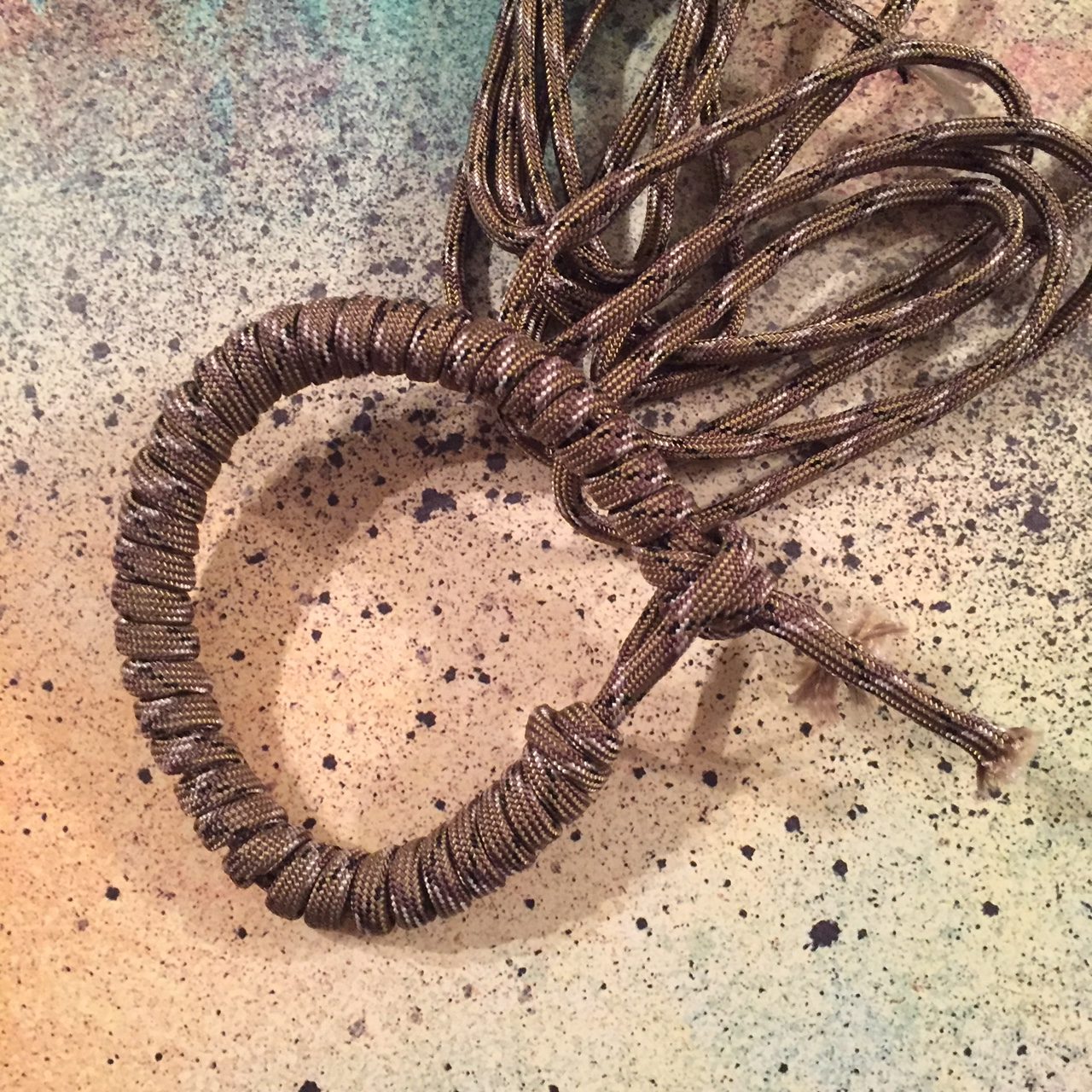Operation Gratitude provides care packages filled with items donated by people who want to express their support for heroes serving overseas and here at home. One of their goals is to include one of these paracord bracelet in each of our Deployed Troop and New Recruit Care Packages, and in the First Responder Care Kits.
The bracelets looks great and can actually be used to save a life in an emergency situation. Each bracelet provides 7.5 feet of cord that in an emergency can be unwound in just 30 seconds.
We have illustrated step-by-step instructions and a video below. You can download our pdf for easy reference.
How Can a Paracord Bracelet Be Used?
According to Operation Gratitude these survival bracelets can be used in many emergency situations including:
- Securing camouflage nets to trees or vehicles
- Building a makeshift shelter
- Extending a security strap or rope to reach and haul heavy objects
- Creating a harness to extract an injured person from a bad location
- Making a sling or splint
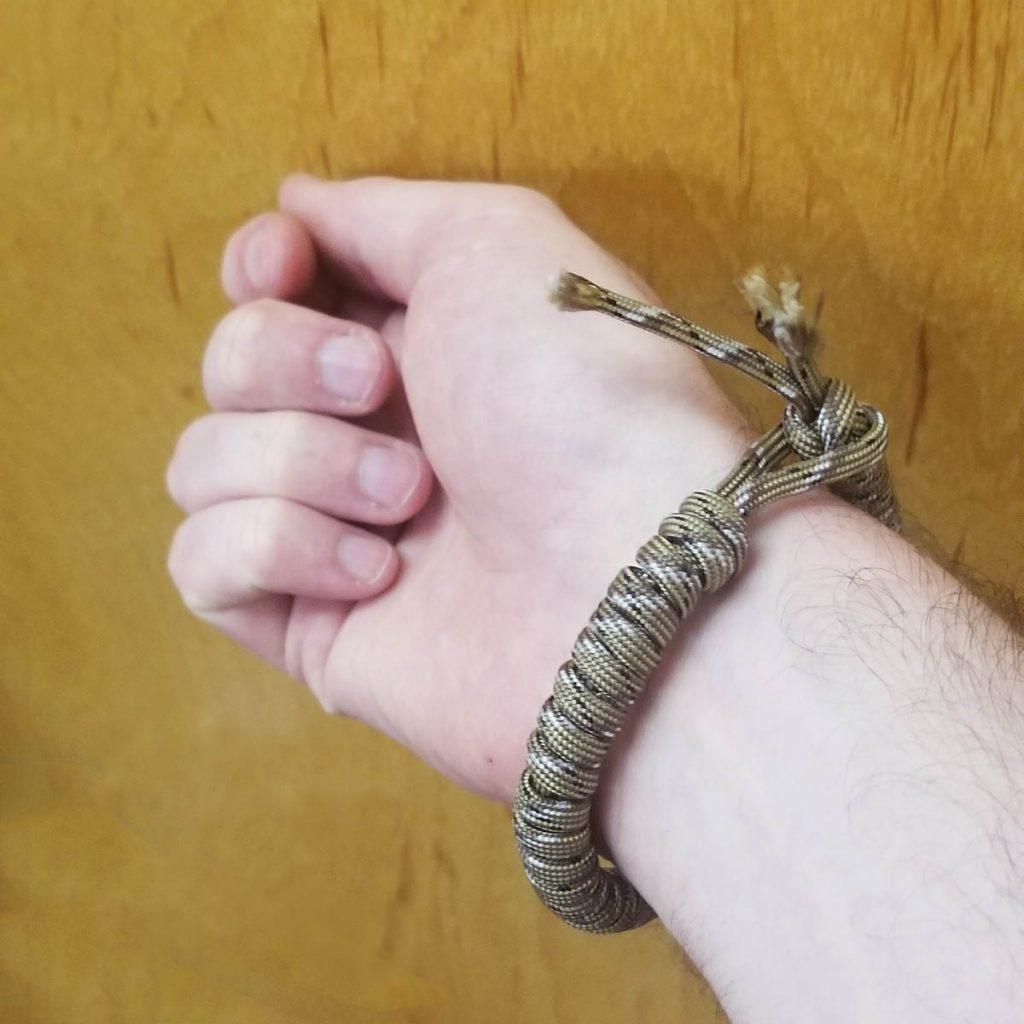
What is Paracord?
Paracord is made from nylon which is a man-made fiber that was developed in the 1930s. It was first used in consumer products like toothbrush bristles and women’s stockings. Because it is synthetic, nylon will not degrade or mildew and it doesn’t fade with sun exposure. It also dries quickly, is somewhat elastic and it doesn’t absorb odor which is why it is used in athletic clothing today.
During World War II nylon was produced, almost exclusively, to make “paracord”– the suspension cords for parachutes. After landing, paratroopers would cut pieces of their shoot cord to use while on the ground.
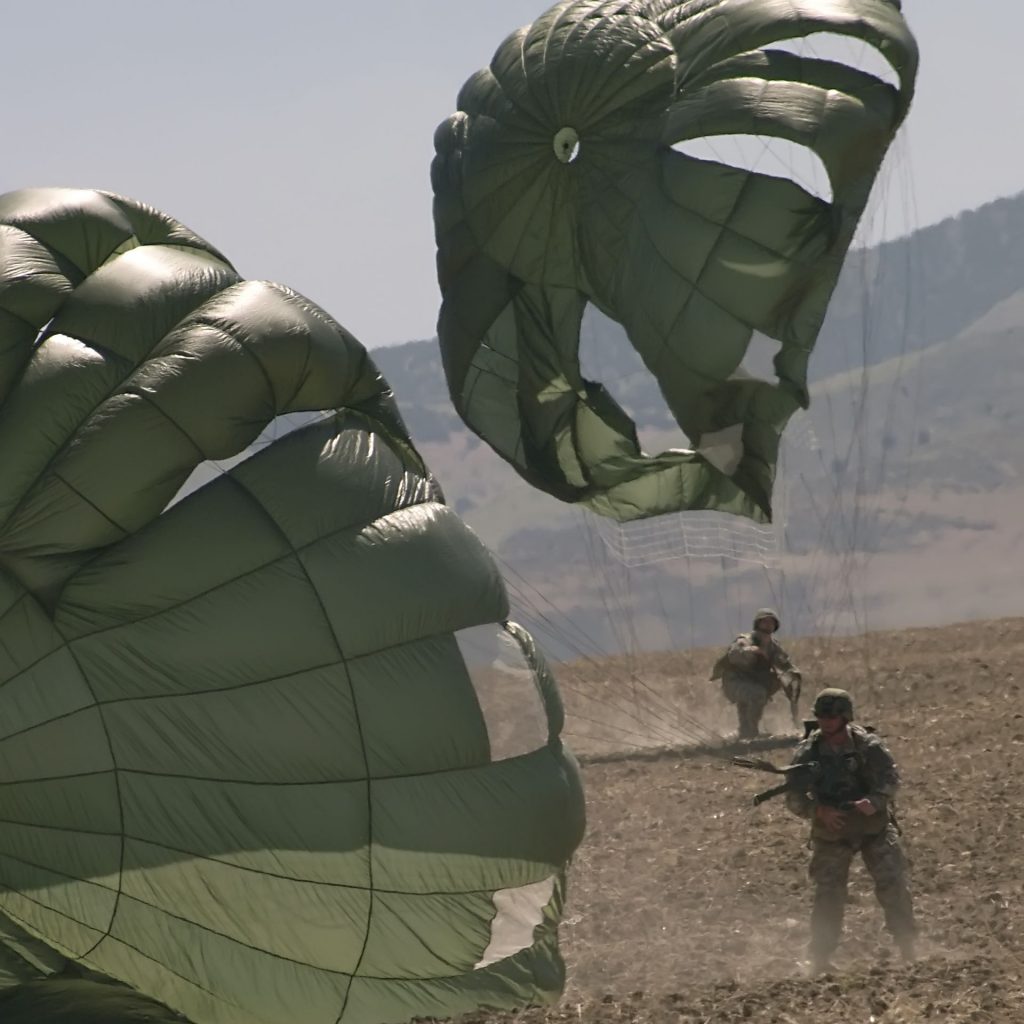
Supplies Needed for Making Paracord Bracelets
The supply list is pretty short. All you need is:
- A ruler or Operation Gratitude’s jig pattern.
- Scissors
- A lighter to burn the ends to keep them from fraying
- Pliers to pinch the ends flat after burning
- 7½’ feet of 550 paracord
Choosing Cord to Make Paracord Bracelets Operation Gratitude
- Must use Type III 550. This is cord that can hold 550 pounds, and has 7 to 9 individual strands inside that can each hold 50 pounds.
- Do not use rope or any other type of cord.
- Only use muted colors to make or colors that will blend with our Troops’ uniforms. No reflective cord or neon colors such as pink, yellow, orange, or green, as this is a safety issue for our Troops in the field.
- Use gender neutral colors since the bracelets will be going to both men and women.
- Do not send two-tone bracelets. While they look great, they are two, four-foot lengths and we promise the recipient a minimum of 7.5 solid feet of cord. Also, the melted ends can break in an emergency.
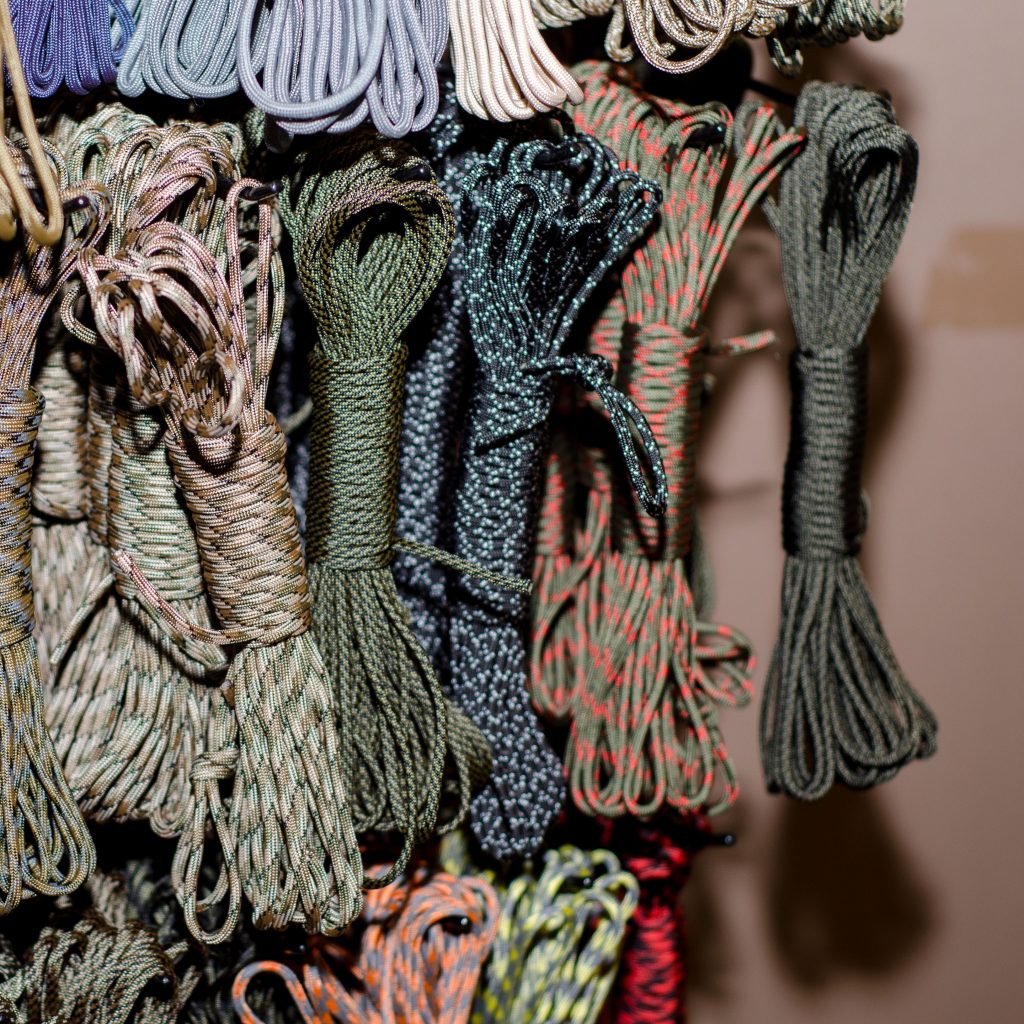
Instructions for Making Paracord Bracelets for Operation Gratitude
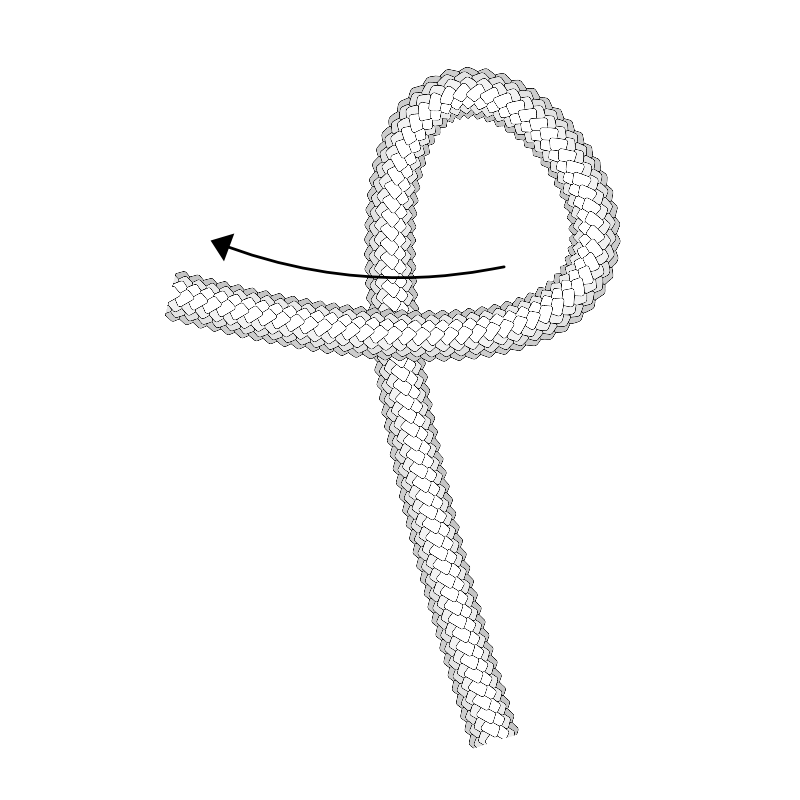
- Make a loop at one end of the rope, with about a 1/2″ opening . Hold this loop in place for the next step.
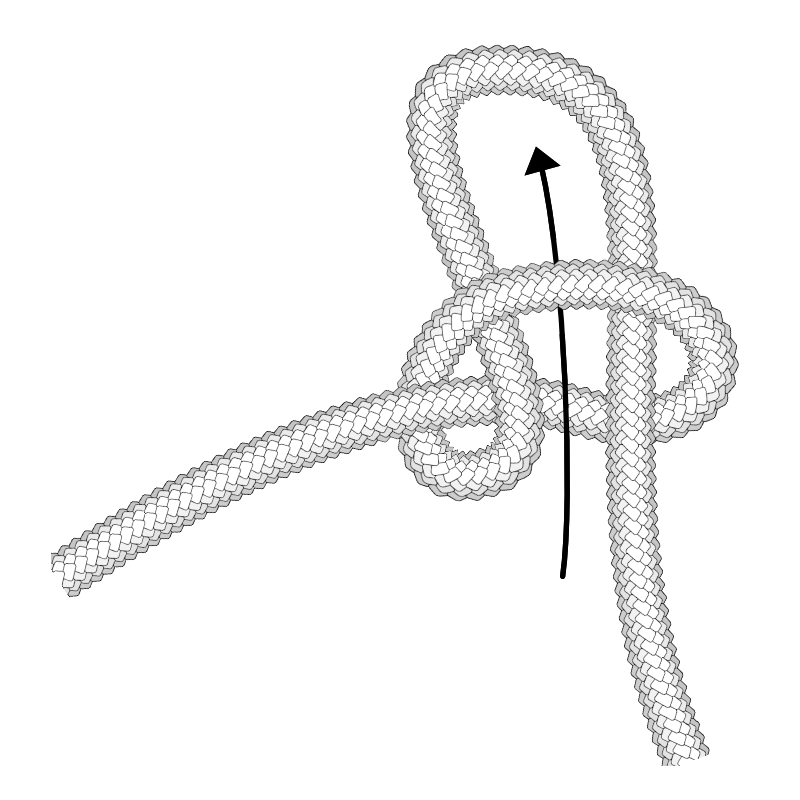
2. Push some of the longer end through the loop, making a second loop about 1″ in length.
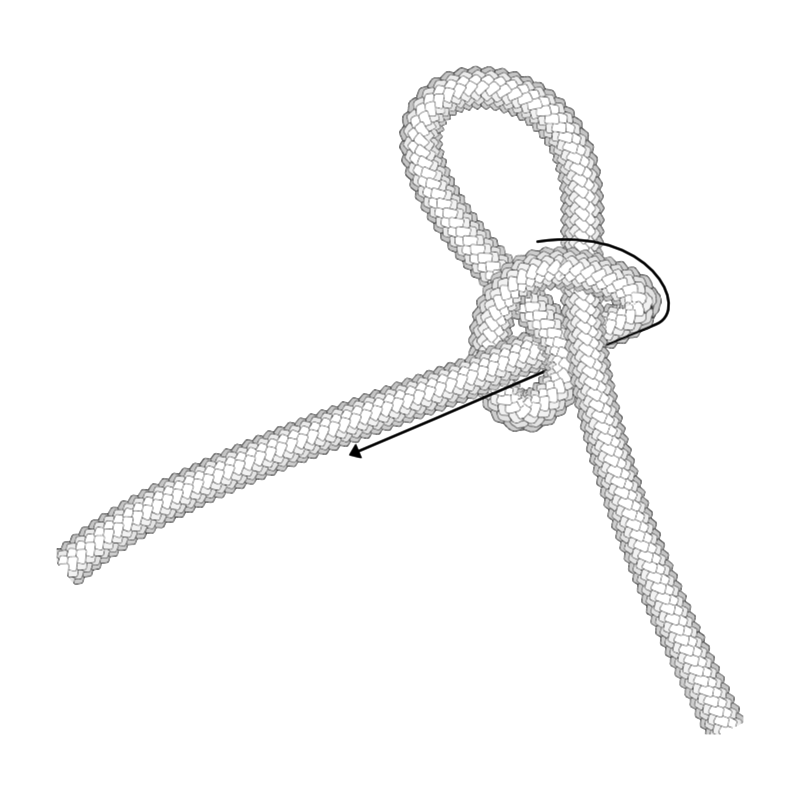
3. Holding the second loop in place, pull the short end of the cord to close the first loop.
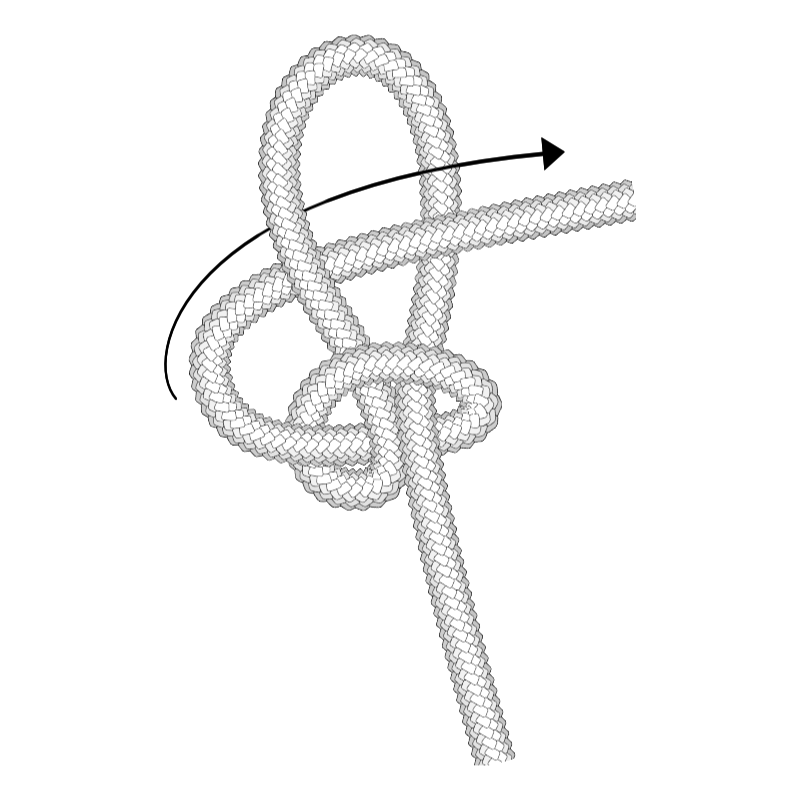
4. Pull the short end through the second loop and pull the knot closed.
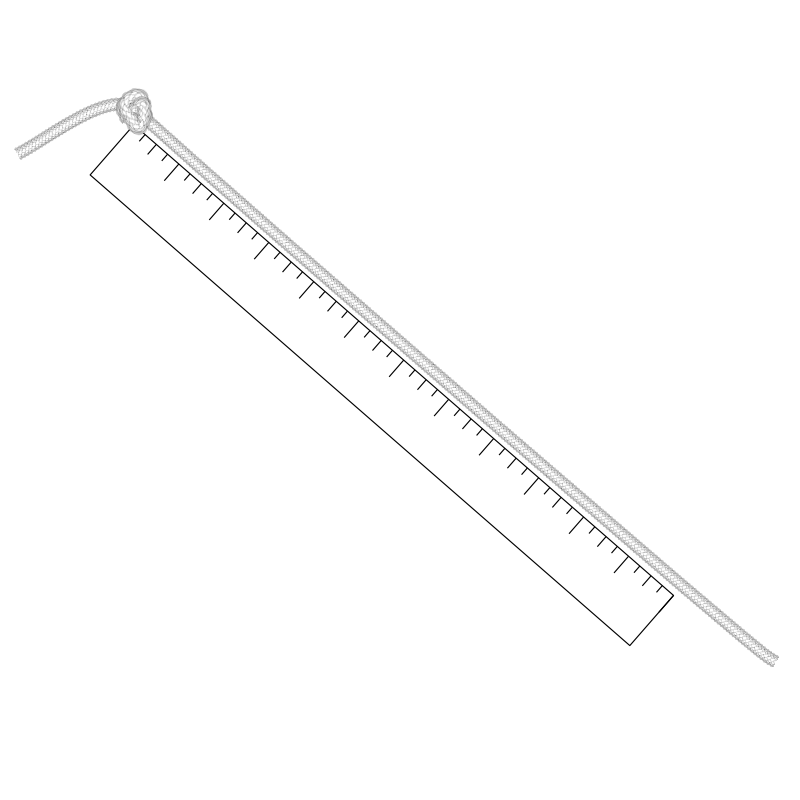
5. Measure the cord from the bottom of the knot to 9 inches.
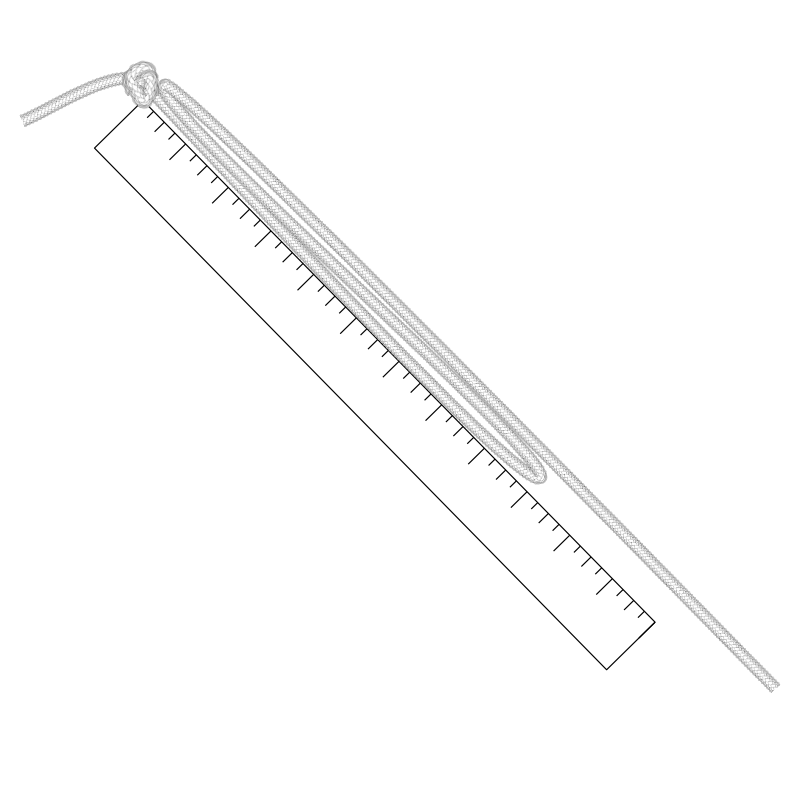
6. Pinching at the 9 inch mark, bring the cord up to the bottom of the knot and back.
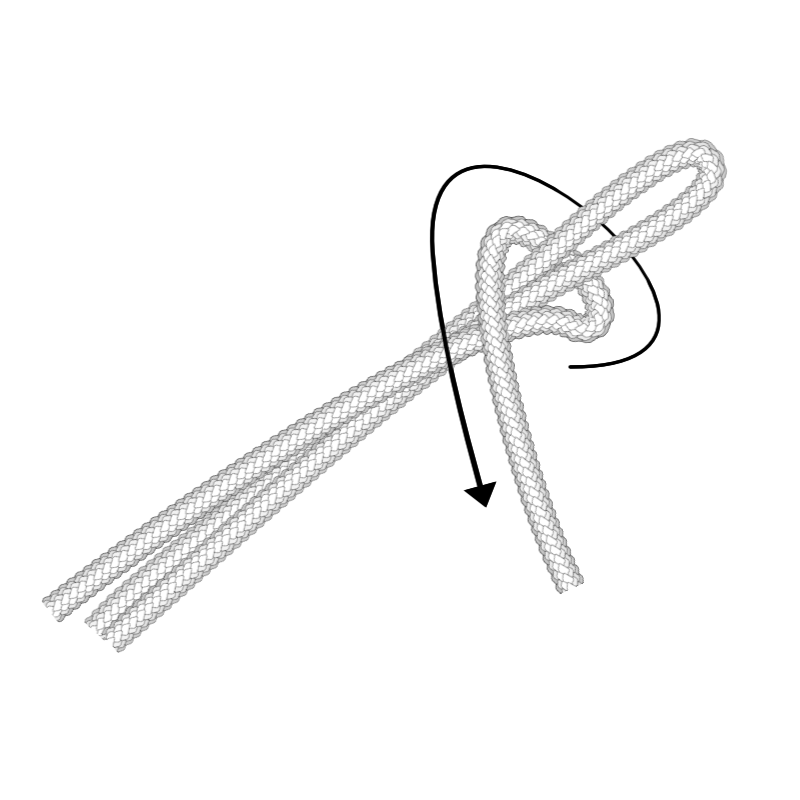
7. Begin wrapping the third strand of paracord around all three strands near the end opposite the knot, leaving a loop about one inch long.
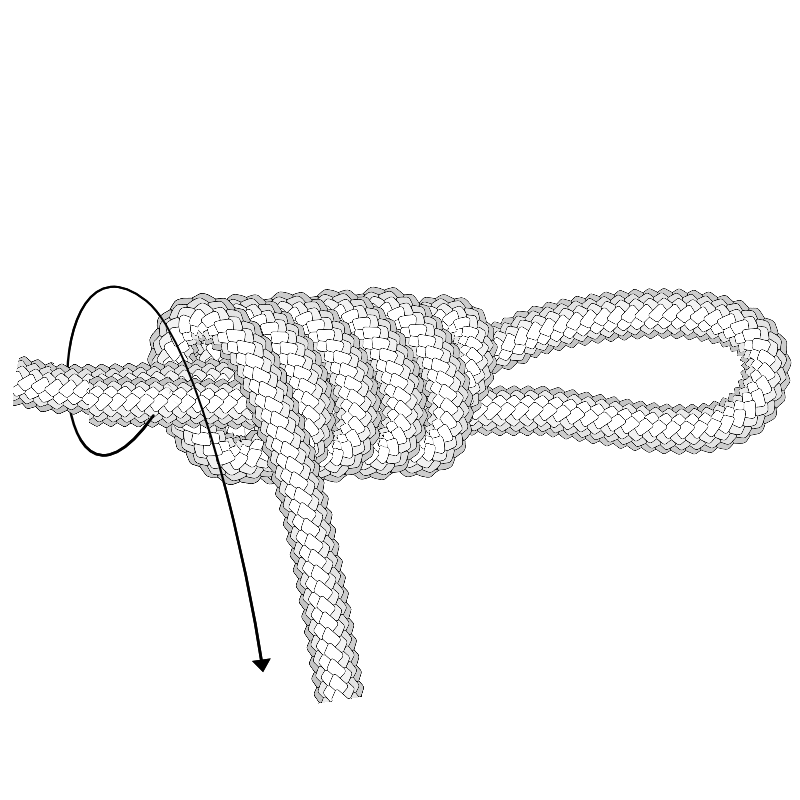
8. Continue wrapping the cord around the three strands, moving up towards the knot. Make sure the first few wraps are tight to keep the loop in place.

9. Once you reach the other end, pull the cord through the loop under the knot and tighten. Trim the ends of the cord if they are too long.
Watch this video if you need help to make paracord bracelets.
Each care packages provided by Operation Gratitude costs $15 to send to a deployed troop. Sending a donation with your bracelets will help with the cost.
Before you make paracord bracelets, make sure to check the FAQ page for more information. You’ll need to fill out a donation form to send with the bracelets.

